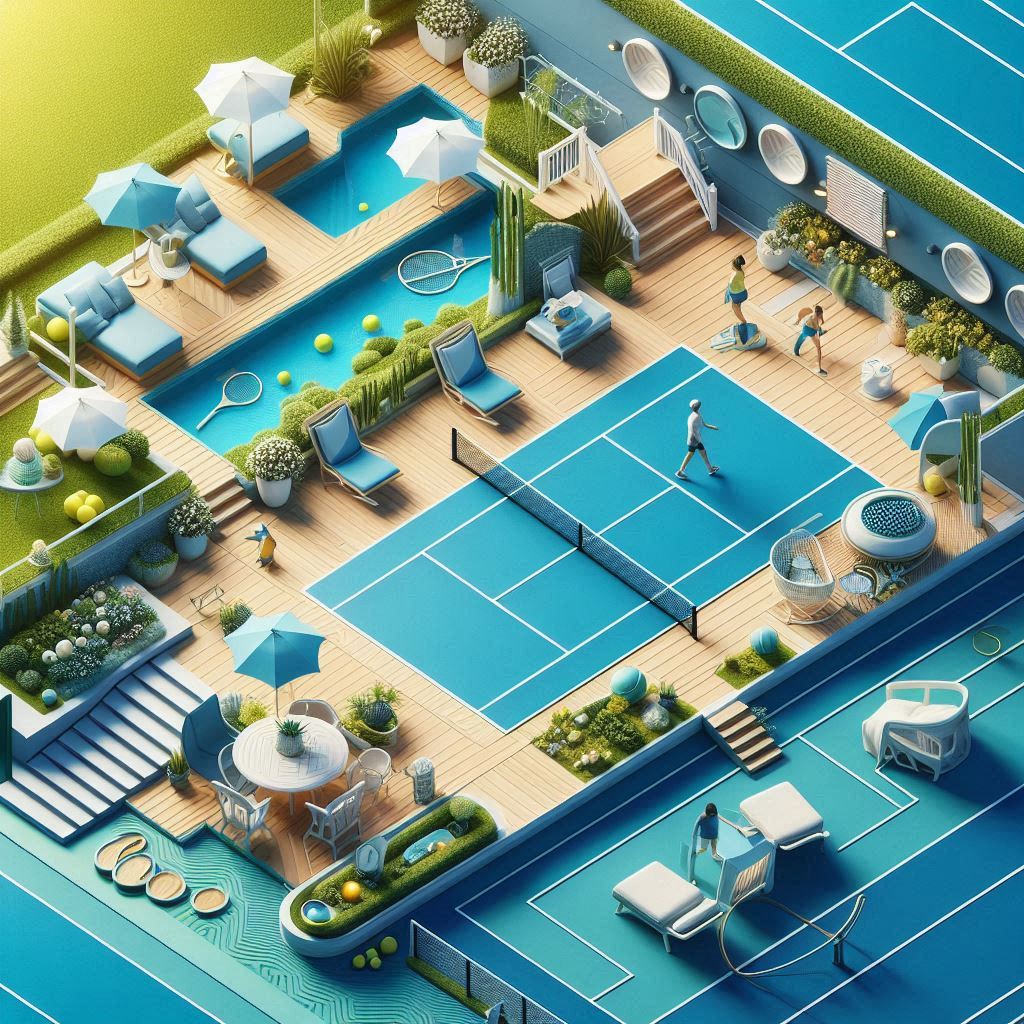Building a tennis court is a long-term investment that requires careful planning, quality materials, and expert execution. Whether you're constructing a private residential court or a professional-grade facility, attention to detail in every phase of tennis court construction ensures a surface that performs well, lasts for years, and remains safe for players.
The first step in constructing a tennis court involves site evaluation. This includes analyzing soil conditions, drainage, space, and the direction of the court. For outdoor courts, orientation matters to minimize sun glare during play. Once the site is prepared, the construction team will establish a solid foundation, typically using compacted stone followed by an asphalt or concrete base. A good base is crucial because it supports the surface layers and helps prevent cracking or uneven wear.
After the base is set, the next phase involves applying the surface system. This can include acrylic coatings, clay, grass, or synthetic turf, depending on the desired play characteristics. Acrylic hard courts are the most popular because they are durable, low-maintenance, and offer a consistent bounce. These surfaces also come in various colors and textures, which can be tailored to match specific performance needs.
Equally important is the selection of tennis court materials, as they directly affect the quality and longevity of the court. Key materials include surface coatings, cushioning systems, net posts, fences, lighting, and drainage components. High-quality acrylic coatings, for instance, resist UV rays and weathering, helping the court maintain its look and performance even after years of outdoor exposure.
Cushioning materials can be added to reduce joint impact and improve player comfort, especially for high-use courts. Meanwhile, proper fencing and lighting ensure safety and allow for extended playing hours. Choosing durable net systems and posts also contributes to the court’s functionality and overall appeal.
Tennis court materials vary depending on whether the court is for recreational, competitive, or multi-use purposes. It's always advisable to consult with experienced contractors and suppliers who can guide you in selecting materials that fit your specific budget, climate, and usage requirements.

